🚨🎖️| Manchester United’s Midfield Plan: Why the Club is Waiting for Carlos Baleba in 2026
When Manchester United’s summer transfer window closed with no new midfielder arriving, many fans were left scratching their heads. For weeks, supporters debated whether Rúben Amorim and INEOS should have pushed harder to reinforce the engine room. Yet, according to Fabrizio Romano, this was no accident.
The strategy is clear: Manchester United are waiting for Carlos Baleba in 2026. The Brighton midfielder has been on United’s radar for more than a year, and the club sees him as the long-term solution to their midfield rebuild.
—
Who is Carlos Baleba?
Carlos Baleba, the 20-year-old Cameroonian midfielder currently at Brighton & Hove Albion, has quickly established himself as one of the most exciting young talents in the Premier League.
Profile: A powerful, all-action midfielder with the ability to carry the ball, break up play, and set the tempo.
Playing Style: Compared often to Yves Bissouma and Moisés Caicedo, Baleba is dynamic in transitions and thrives in high-intensity systems.
Potential: Scouts describe him as a future “midfield anchor” for a top European side.
Baleba’s development at Brighton has been carefully managed, and his trajectory suggests he could be one of the most in-demand midfielders in England by 2026.
—
Why United Didn’t Buy a Midfielder This Summer
At first glance, United’s decision not to strengthen the midfield seemed risky. Casemiro is aging, Christian Eriksen has struggled for consistency, and there are doubts about Scott McTominay’s future. However, INEOS and Amorim appear to be taking a long-term view.
1. Financial Restraint
United are trying to break the cycle of overpaying for players and signing stop-gaps. With Financial Fair Play (FFP) constraints, every move must be calculated. Rather than splash on a short-term fix, the club is targeting structural changes.
2. Faith in Amorim’s System
Rúben Amorim has placed trust in his tactical framework to mask some midfield deficiencies. With Bruno Fernandes, Mason Mount, and Kobbie Mainoo already providing options, United feel they can survive this season without another addition.
3. The Baleba Timeline
United believe Baleba will be more attainable in 2026, when his Brighton contract situation evolves. Waiting until then allows the club to secure their ideal target rather than compromise now.
—
Why 2026?
The timeline might frustrate supporters, but it’s rooted in both football and business logic.
Contract Situation: Baleba’s current deal at Brighton runs until 2028, but by 2026, he will have only two years left—an ideal point for top clubs to negotiate.
Development Curve: At 20, Baleba is still learning. By 2026, he’ll have accumulated valuable Premier League experience, maturing into a player ready to handle the pressure of Old Trafford.
Market Conditions: United anticipate a more stable financial environment in two years, with room to invest heavily in priority areas like midfield.
—
Baleba and United’s Midfield Evolution
Looking ahead, United envision Baleba as the cornerstone of their midfield rebuild. Consider the likely transitions:
Casemiro – By 2026, he will likely have moved on, creating a vacancy in defensive midfield.
Eriksen – Nearing the end of his career, unlikely to play a central role.
McTominay – Still uncertain, with links to departures every summer.
Mainoo – Seen as a future star, but needs a stable partner who can protect and balance the midfield.
In this context, Baleba + Mainoo could form the midfield duo of the next decade, blending steel with technique and energy with composure.
—
Competition for Baleba
Of course, Manchester United will not have a free run at Carlos Baleba. His performances for Brighton have already drawn attention from several top clubs:
Chelsea: Known for stockpiling young midfielders, Chelsea tracked Baleba before his move to Brighton. Their ownership’s transfer strategy makes them a constant threat.
Arsenal: Mikel Arteta continues to seek dynamic midfielders who can rotate with Declan Rice. Baleba’s profile could tempt the Gunners.
Liverpool: Having missed out on Caicedo and Bellingham previously, Liverpool remain alert to emerging midfield talent.
European Giants: Clubs like Bayern Munich, PSG, and Real Madrid could all test the waters if Baleba maintains his current trajectory.
United know they must play the long game carefully to avoid losing another major target to rivals.
—
Fans’ Frustration vs. Club’s Patience
The reaction among Manchester United fans to this news is mixed. Many argue that the squad needs reinforcements now, not in two years. The midfield still looks vulnerable against top opposition, and Casemiro’s decline could become a pressing issue this season.
However, others believe the club is right to take a strategic approach. For too long, United have panicked in the market, overpaying for short-term solutions like Fred or Donny van de Beek. By holding out for Baleba, United are signaling that they want to build smartly, even if it means short-term pain.
—
Amorim’s Role in the Plan
Manager Rúben Amorim’s backing of this plan is crucial. He is known for trusting youth and integrating players into a clear system. His Sporting CP teams thrived on tactical cohesion rather than relying solely on superstar talent.
Amorim sees Baleba as the type of midfielder who can execute his pressing game, recycle possession quickly, and anchor transitions. Importantly, he also views Kobbie Mainoo as a key piece of the project, with Baleba envisioned as the perfect partner.
—
Risks of Waiting
While the plan has logic, there are risks involved:
1. Market Inflation: Even in 2026, Brighton are unlikely to sell cheaply. The Seagulls have mastered the art of extracting huge fees for their stars.
2. Competition: If other top clubs make their move earlier, United could be left behind.
3. Current Squad Limitations: United’s midfield could struggle in the present, potentially costing Amorim in results and fan patience.
4. Baleba’s Development: There’s always uncertainty with young players—injuries or dips in form could alter the landscape.
—
Conclusion
Manchester United’s decision not to buy a midfielder this summer is not negligence—it’s part of a long-term strategy. The target is clear: Carlos Baleba in 2026. The club sees him as the future anchor of the midfield, a player who can grow alongside Kobbie Mainoo and restore balance and energy to the team.
It is a bold plan. It may test fans’ patience in the short term, especially if results suffer, but if it pays off, United could finally break the cycle of poor recruitment and build a sustainable core for years to come.
For now, all eyes will remain on Baleba at Brighton. Every performance, every development in his contract, and every whisper of interest from rivals will be closely monitored by Old Trafford. Because when 2026 arrives, Manchester United intend to make their move—and they won’t want to miss.

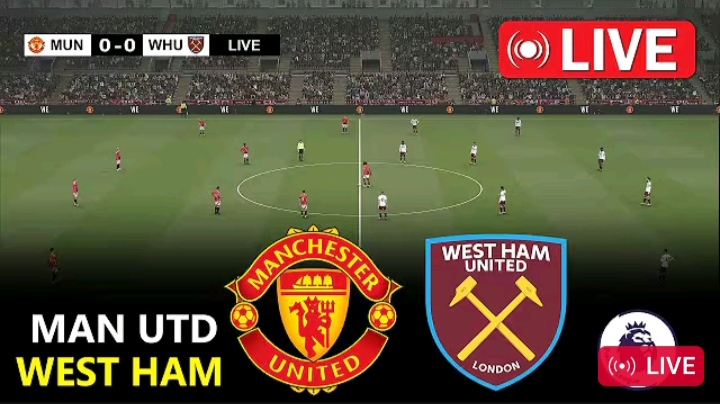
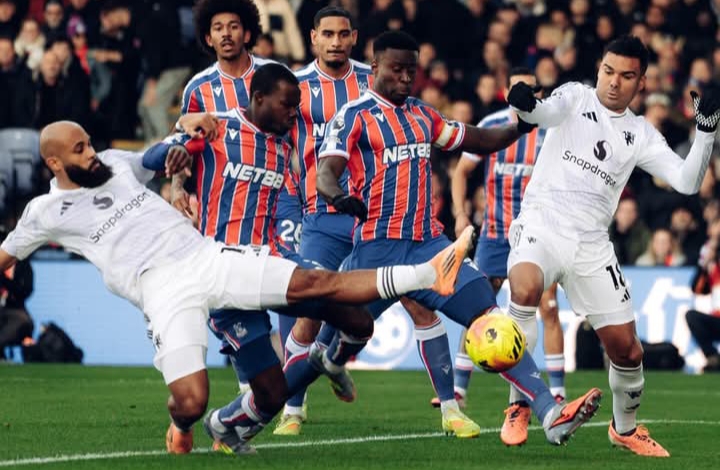
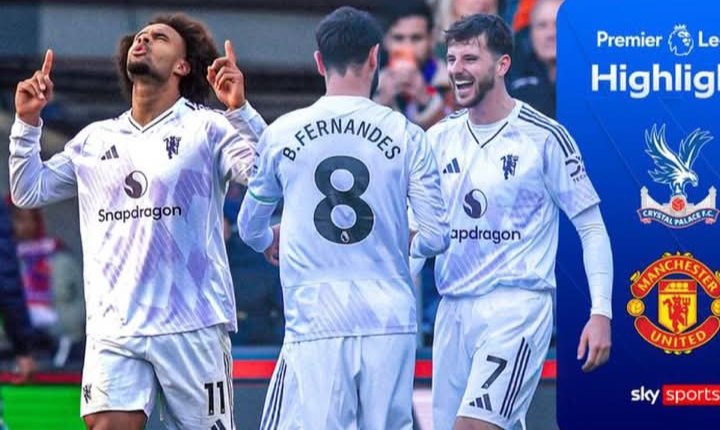
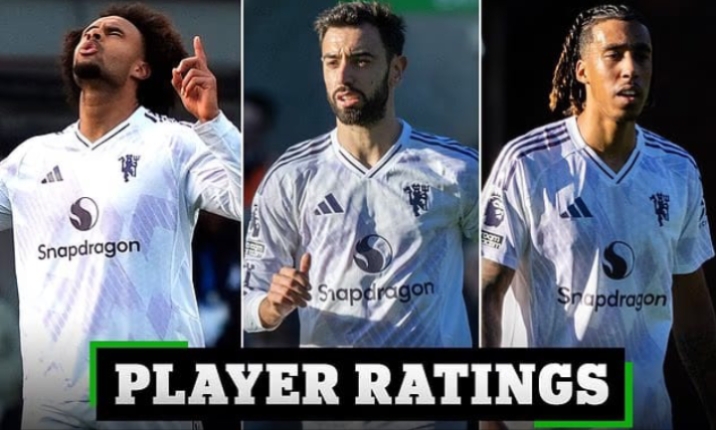
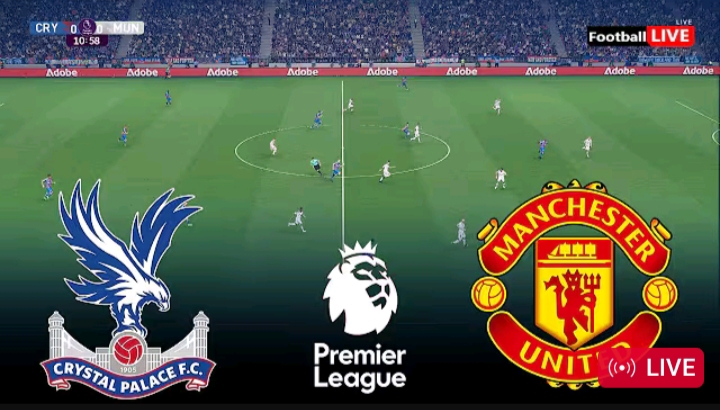
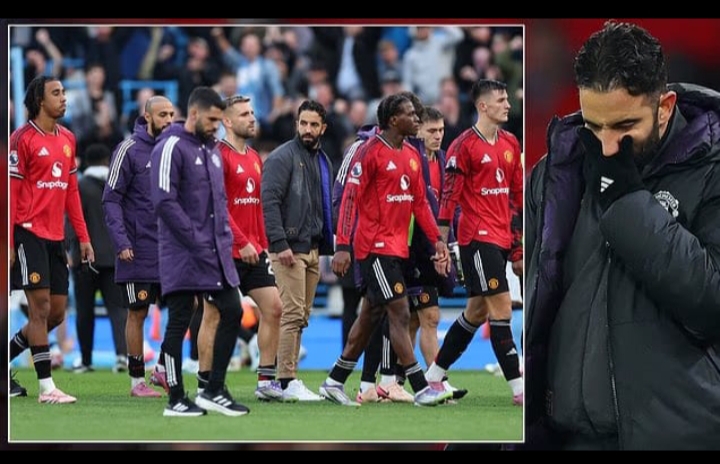
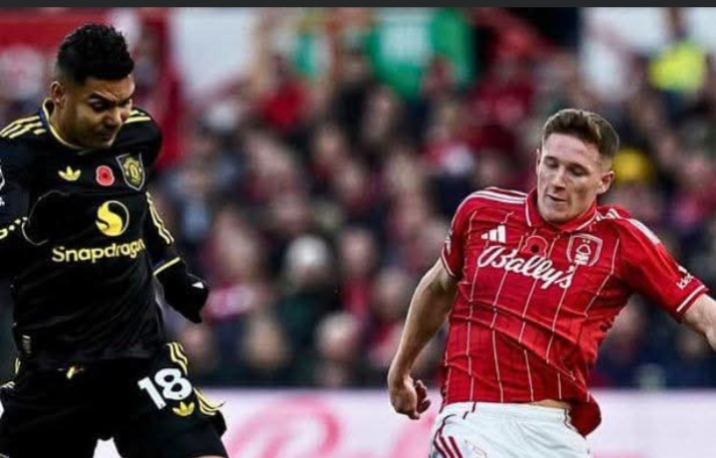
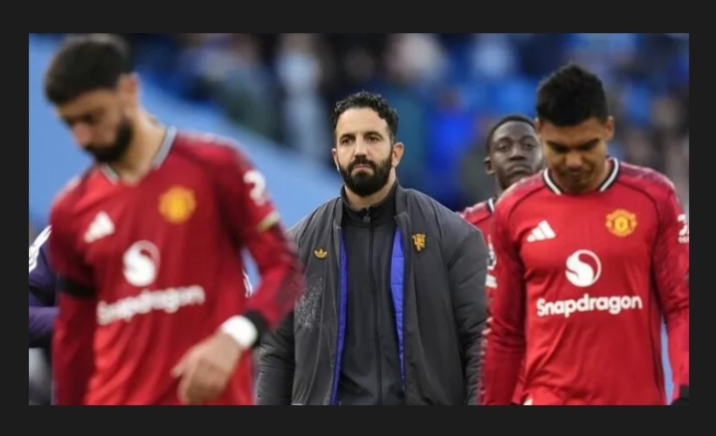
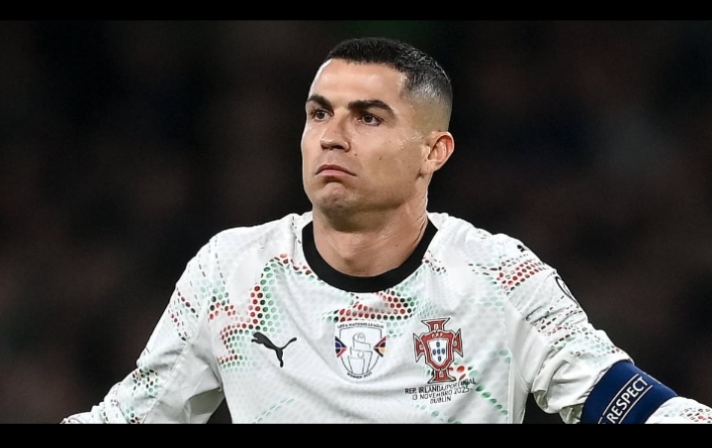

Leave a Reply